Advertisement
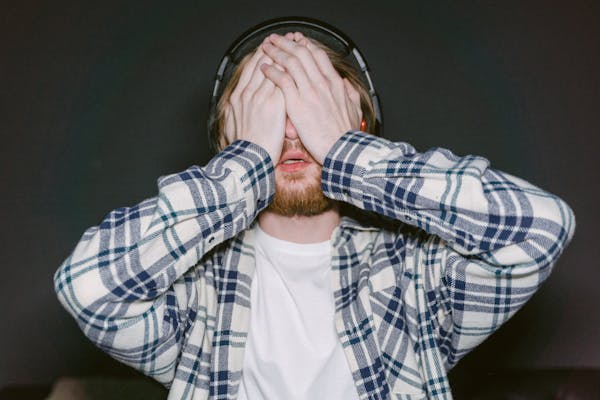
- Updated on May 18, 2025
- IST 12:07 pm
Behind the magic of Lionel Messi’s feet lies a story of struggle, perseverance, and the power of dreams. At just 10 years old, Messi was diagnosed with growth hormone deficiency, a condition that stunted his growth and threatened his future in football. Yet, through daily injections, unwavering family support, and a move across the ocean, Messi not only overcame his condition but became one of the greatest footballers the world has ever seen. This is the story of the needles that crafted a GOAT.
For Indian fans, Messi’s journey hits close to home. In a country where cricket reigns supreme, football has carved out its own passionate following, with Messi as one of its brightest stars. But beyond the goals and the glory, his story resonates with anyone who’s ever faced adversity—whether it’s a 15-year-old dreaming of sporting success or a 45-year-old reflecting on life’s challenges. So, let’s dive into the incredible journey of Lionel Messi, from a small boy with big dreams to a global icon whose legacy transcends the pitch.
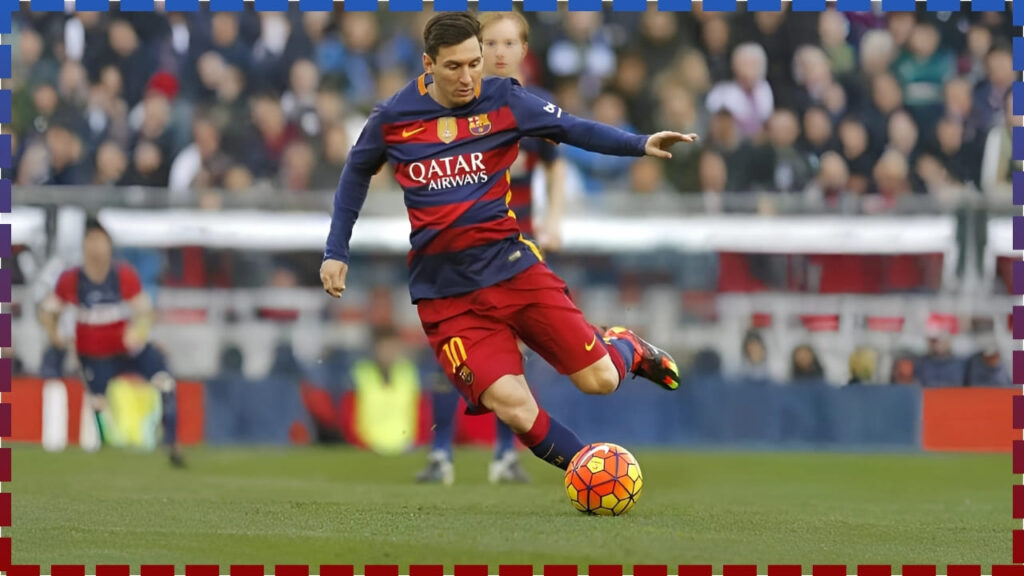
The Early Days in Rosario
Lionel Andrés Messi was born on June 24, 1987, in Rosario, a bustling city in central Argentina. It’s not a place you’d call glamorous—more grit than glitter, with its factories and working-class roots. But for Messi, Rosario was where the magic began. The youngest of four siblings, he grew up in a tight-knit family that lived and breathed football. His father, Jorge, juggled shifts at a steel factory, while his mother, Celia, took on part-time cleaning jobs. Money was tight, but love and football flowed freely.
Messi wasn’t like other kids. From the moment he could toddle, he had a ball glued to his feet. Neighbors still talk about that tiny figure darting through the dusty streets, outsmarting boys twice his size. By five, he was playing for Grandoli, a local club where his dad doubled as coach. Soon, he caught the eye of Newell’s Old Boys, a legendary Argentine club. There, his talent shone brighter than the sun—dribbling like a wizard, scoring goals that left jaws on the floor. People started whispering about the “next Maradona.” But then came the twist nobody saw coming.
At 10, Messi’s world tilted. After a few medical tests—prompted by his unusually small stature—doctors dropped the bombshell: growth hormone deficiency (GHD). It’s a rare condition where the pituitary gland doesn’t produce enough growth hormone, stunting everything from height to muscle growth. For a kid whose life revolved around football, it was like a thunderclap on a clear day. Without treatment, his dream of going pro could slip away like sand through his fingers. And treatment? That was a whole other mountain to climb.
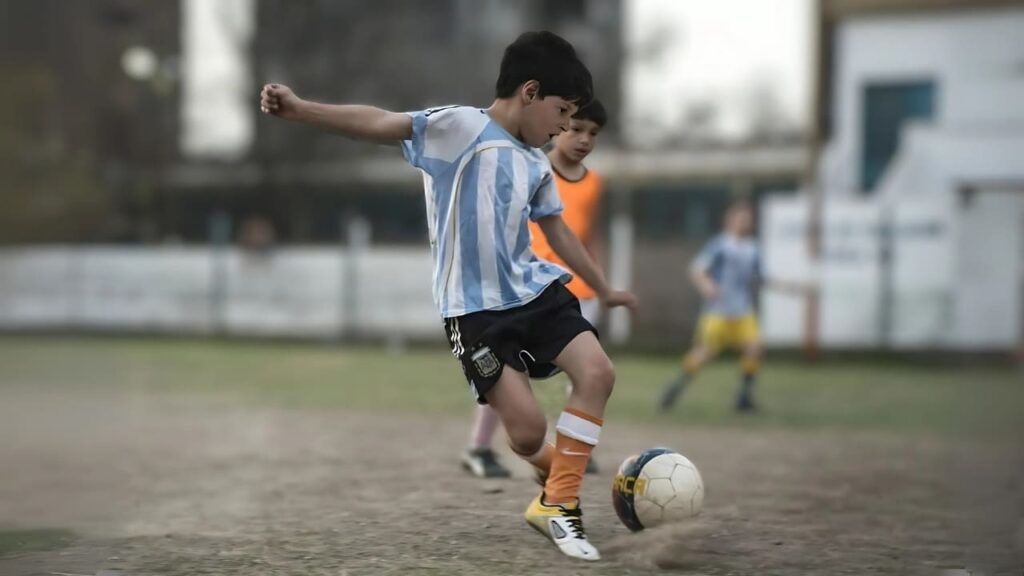
The Struggle for Treatment
Growth hormone deficiency isn’t some minor hiccup. It messes with your bones, your muscles, your entire body’s blueprint. At 11, Messi stood at just 4 feet 2 inches—tiny even among his peers. Without help, he’d never hit the physical benchmarks football demanded. The fix was straightforward but brutal: daily injections of synthetic growth hormone. The catch? Each month’s supply cost around $1,500—an astronomical sum for a family scraping by in Rosario.
Jorge and Celia threw everything they had at it. Savings dwindled, favors were called in, and they even knocked on the doors of local clubs and government offices. But the numbers just didn’t add up. “We tried to get help, but it was never enough,” Jorge once said, his voice heavy with the memory. They weren’t just fighting for Messi’s height—they were fighting for his future, for the spark they saw in his eyes every time he stepped onto the pitch.
For Messi, the struggle wasn’t just financial—it was personal. “I didn’t want to be a burden,” he later admitted. Imagine being 11, watching your parents stress over bills, knowing it’s all because of you. Then there were the injections themselves. Every night, before bed, a needle pierced his skin—sometimes his leg, sometimes his arm. It wasn’t just the sting that hurt; it was the routine, the reminder that his body wasn’t “normal.” Most kids his age were dreaming of goals; Messi was dreaming of growing.
In India, we get this. How many of us have seen our families sacrifice for our dreams—whether it’s extra tuition classes or that first cricket bat? Messi’s story feels like ours, a tale of love and grit against the odds. But just when it seemed the darkness might win, a ray of hope broke through the clouds.

Barcelona’s Lifeline
The year was 2000, and Messi was 13. Word of his talent had spread beyond Rosario, catching the ear of Carlos Rexach, Barcelona’s sporting director. A grainy videotape landed on Rexach’s desk, showing a pint-sized kid weaving through defenders like they were statues. Rexach was hooked—but cautious. Could a boy with GHD handle the grind of professional football? The scouts had their doubts. The medical reports didn’t lie.
But Rexach wasn’t swayed by charts and numbers. He saw something else: a fire, a hunger, a gift that couldn’t be measured in inches. He invited Messi for a trial in Spain. Picture this: a shy Argentine kid, barely speaking the language, stepping onto a foreign field. He didn’t just play—he dazzled, leaving seasoned coaches speechless. Rexach didn’t hesitate. Over a casual lunch, he grabbed a napkin and scribbled a deal: Barcelona would cover Messi’s treatment if he joined La Masia, their famed youth academy.
For the Messi family, it was a lifeline wrapped in a leap of faith. Moving to Spain meant leaving everything behind—friends, relatives, the familiar streets of Rosario. “It was the hardest decision we ever made,” Celia said, tears in her eyes. But they believed in Leo’s dream more than their fears. In 2001, they boarded a plane, a suitcase of hope in tow, and landed in Barcelona. Little did they know, they were planting the seed for a legend.
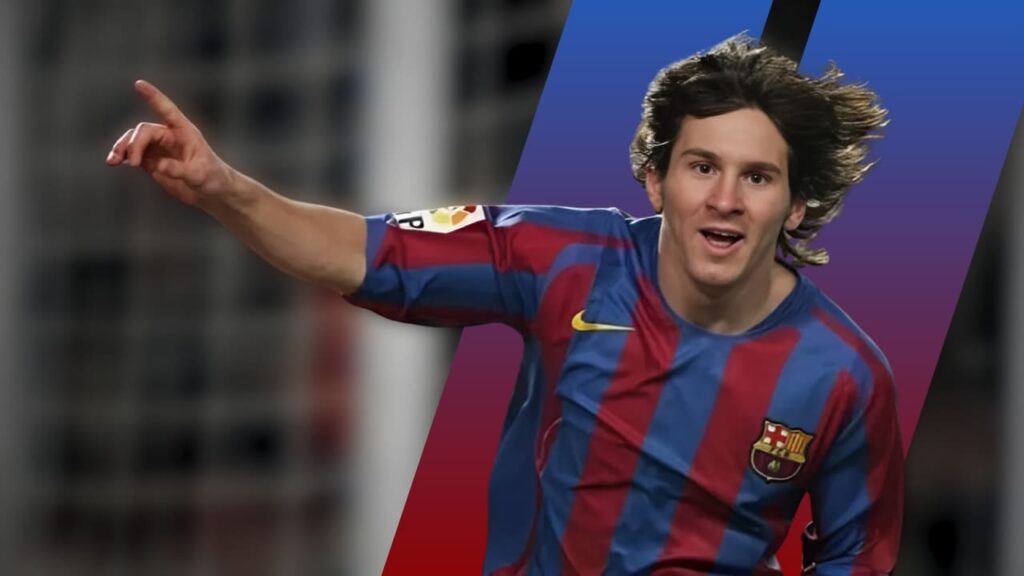
Rising Through the Ranks
La Masia was no picnic. Messi was homesick, wrestling with Spanish, and still jabbing himself with needles every night. The other kids towered over him, and the pressure was relentless. But the pitch? That was his sanctuary. The treatment started working—slowly, he grew, hitting 5 feet 7 inches by 16. Not tall by football standards, but height was never his weapon. His feet were.
Messi’s rise was like a Bollywood blockbuster—underdog turns superstar. He debuted for Barcelona’s senior team in 2004, at 17, a skinny kid with a mop of hair. By 2005, he was starting matches. His first goal—a cheeky chip over the keeper—had fans chanting his name. “Leo trained like he played,” teammate Xavi once said. “Every day, he pushed himself harder than anyone.” The injections stopped at 14, but the lessons stuck: discipline, resilience, sacrifice.
His game was poetry in motion—dribbles that defied physics, passes that split defenses, goals that silenced stadiums. By 2009, he’d nabbed his first Ballon d’Or, the first of eight. The trophies piled up: La Liga titles, Champions Leagues, and that glorious 2022 World Cup. For Indian fans, it’s like watching Virat Kohli chase down a mammoth total—pure heart, pure skill. Messi didn’t just overcome his body’s limits; he rewrote what was possible.
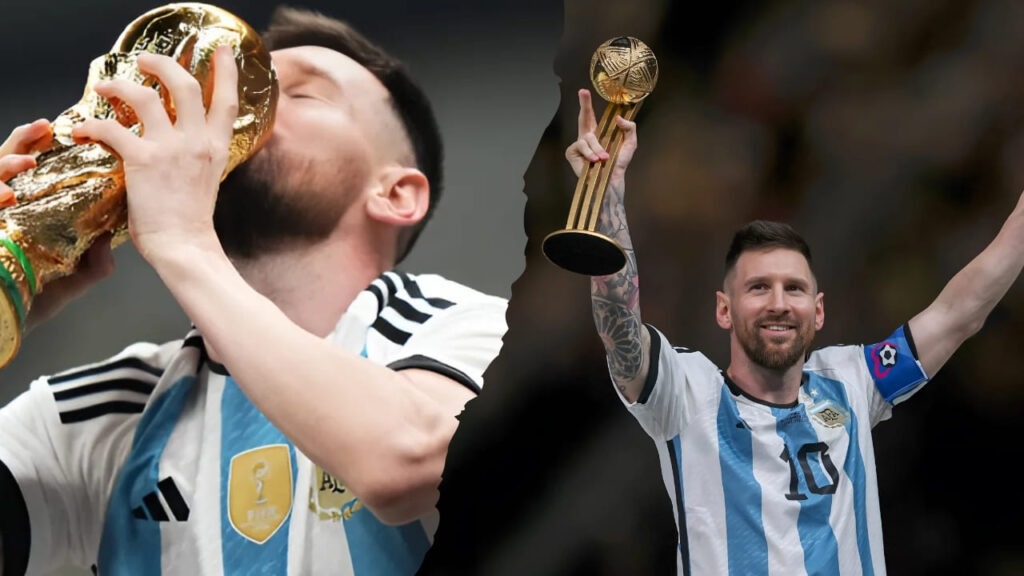
Legacy and Inspiration
Messi isn’t just a footballer—he’s a lighthouse for anyone lost in the storm. His story echoes across India, where we’ve seen our own heroes rise from the ashes. Mary Kom, punching through poverty to become a boxing queen. Dipa Karmakar, flipping past limited resources to dazzle in gymnastics. Messi’s journey is theirs: proof that the smallest seeds, with enough fight, can grow into giants.
Football’s booming here—from Kolkata’s chaotic alleys to Kerala’s lush fields. Kids kick balls dreaming of Messi’s magic, knowing a boy from Rosario did the impossible. “He shows us nothing’s out of reach,” says Rohan, a 17-year-old from Mumbai, his eyes bright with hope. And it’s not just the young ones. At 45, you can still feel the thrill of Messi’s 2022 World Cup final goal, a reminder that perseverance pays off.
Beyond the pitch, it’s his humility that gets us. No swagger, no spotlight-chasing—just a guy who loves his family and his game. In a world obsessed with noise, Messi’s quiet strength is a lesson. He’s our Sachin Tendulkar of football—a legend who inspires not just with wins, but with heart.
Conclusion
Lionel Messi’s tale is a rollercoaster—from a kid facing a needle every night to a king lifting the World Cup. Those injections didn’t just build his body; they forged his soul. For us in India, it’s a story that feels like home—a testament to dreaming big, no matter the odds.
What’s your favorite Messi moment? That slaloming dribble or that World Cup clincher? Or maybe you’ve got your own tale of beating the odds? Drop it in the comments below—let’s keep the inspiration flowing.
You May Like This
Advertisement
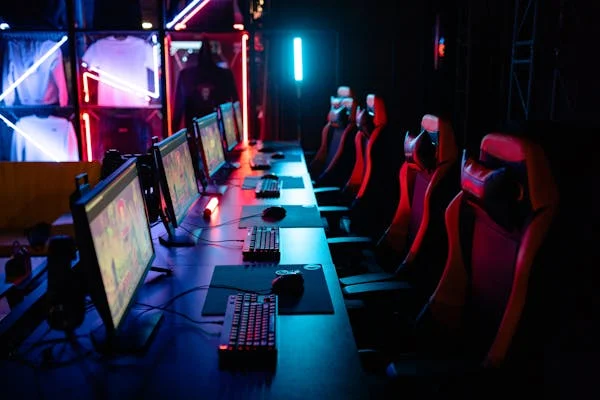
You May Like This


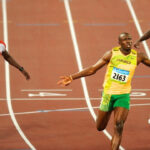
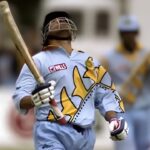




Advertisement
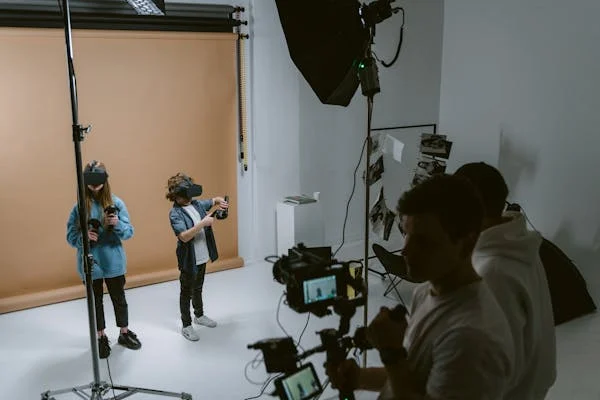
Advertisement
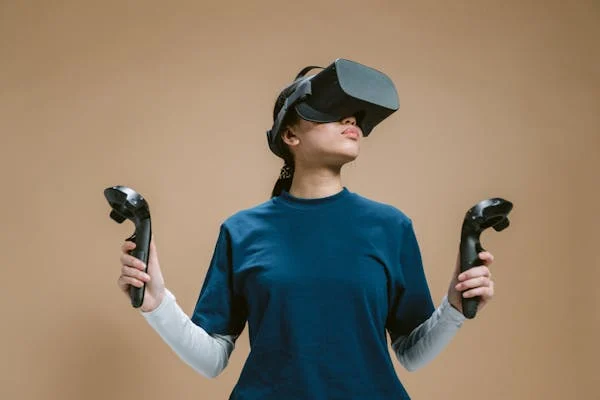
Advertisement





